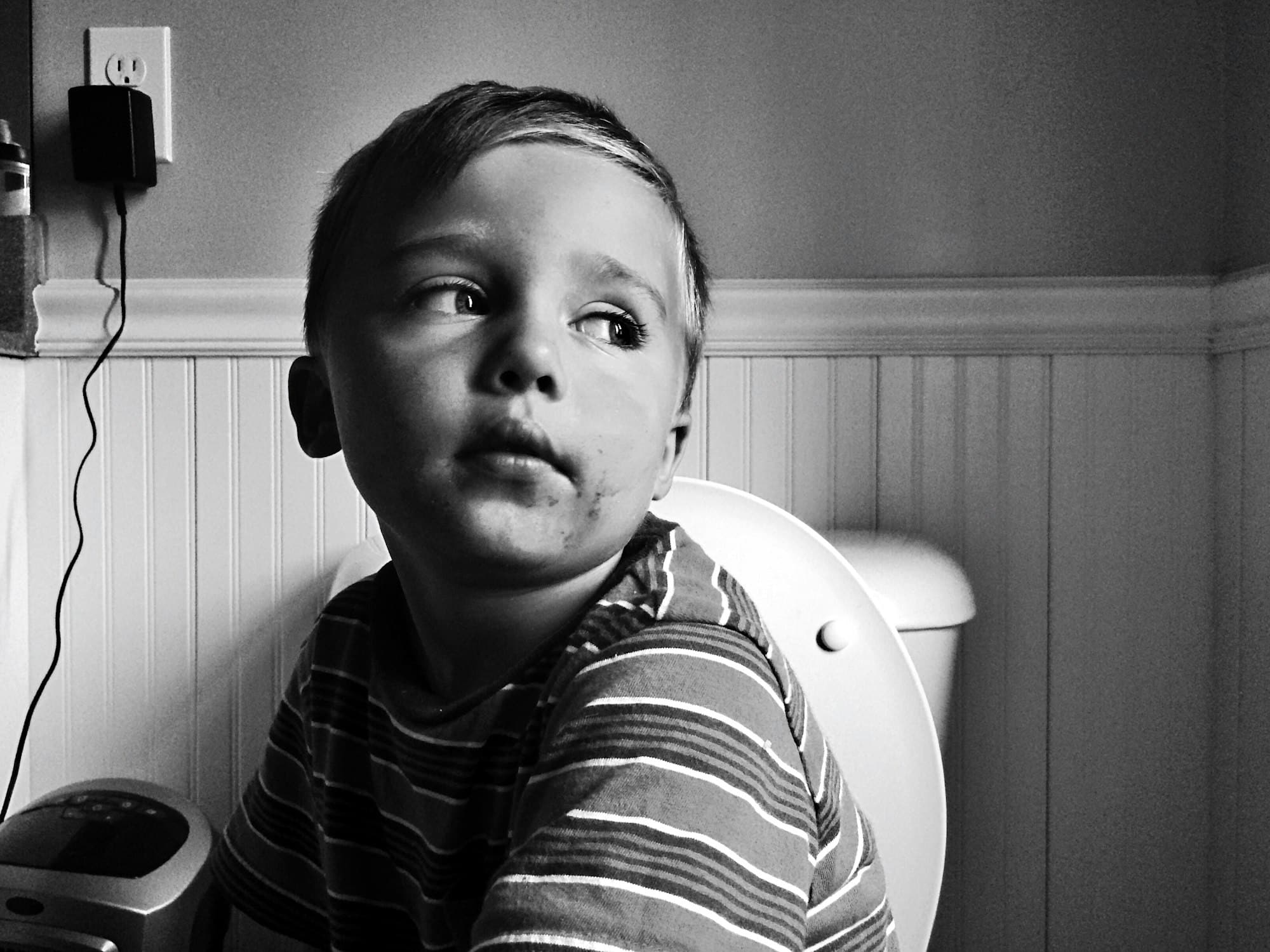What’s the Most Effective Method for Potty Training a Stubborn English Bulldog Puppy?

English Bulldogs are widely celebrated for their courageous and tenacious spirit, which is simply part of their charm. However, these traits can sometimes make them somewhat stubborn during the training phase, particularly when it comes to potty training. Potty training a puppy certainly presents its fair share of challenges, but don’t fret. With patience, consistency, and the right techniques, you can successfully house train your bulldog puppy.
1. Understanding Your English Bulldog Puppy
Before diving headfirst into potty training, it’s important to understand the distinctive character traits that make English Bulldogs unique. By understanding your bulldog puppy’s temperament and needs, you will be able to tailor your training strategy to him.
In the same genre : How to Establish a Healthy Sleep Routine for a Yorkshire Terrier Suffering from Insomnia?
English Bulldogs are known to be intelligent yet stubborn. They have a strong determination to do things their way. This can sometimes lead to challenges during training. Your bulldog puppy may resist following commands and take more time to learn certain behaviors. However, don’t mistake your puppy’s stubbornness for a lack of intelligence or willingness to learn. He may just need a little extra motivation and patience from you.
English Bulldogs also have specific physical needs. Their short noses make them less tolerant of extreme weather conditions. This can affect their potty training, especially if you plan on training your pet to do his business outside.
Also to discover : What’s the Best Way to Set Up an Enriched Environment for a Blind or Visually Impaired Cat?
2. Crate Training as a Foundation
Crate training forms the foundation of effective potty training. The crate becomes a safe haven for your puppy, and dogs naturally do not want to soil their living space. This helps to build the right habits from the start.
Start by selecting a crate that is just large enough for your bulldog puppy to stand up, turn around, and lay down in. A crate that’s too large may give him enough space to use one corner as a bathroom, defeating the purpose of crate training.
Introduce your puppy to the crate gradually. Start by placing him inside for short periods, and gradually increase the duration. Always ensure that your puppy has had the chance to relieve himself before being crated to avoid any accidents.
Remember, the crate should never be used as a form of punishment. It should always be a safe and positive space for your puppy.
3. Implementing a Regular Routine
Having a regular routine is another crucial aspect of potty training. When your bulldog puppy knows what to expect, they are more likely to succeed.
Start by taking your puppy outside first thing in the morning, after meals, and before bedtime. Puppies have small bladders and will need to be taken out every few hours. Consistency is key – try to stick to the same times each day.
Meal times should also be consistent, as what goes in on a schedule will most likely come out on a schedule. Avoid free-feeding and stick to feeding your puppy at the same times each day.
Remember to be patient. It will take time for your puppy to adjust to the routine and learn what is expected of him.
4. Positive Reinforcement Works Best
When it comes to training bulldogs, positive reinforcement is the best approach. Bulldogs respond well to rewards and praise, and this can make the potty training process smoother and more enjoyable for both of you.
Whenever your puppy successfully does his business in the correct place, reward him immediately with a treat, praise, or a quick play session. This will help him associate the action with positive outcomes, encouraging him to repeat it in the future.
Avoid punishing or scolding your bulldog puppy for mistakes or accidents. This will only confuse and scare him, which can hinder the training process. Instead, try to redirect his actions to the correct spot and reward him for following through.
5. Using Puppy Pads as a Backup
Even with the best-laid plans, accidents will happen. That’s where puppy pads can come handy. They can serve as a backup for those times when you cannot take your puppy outside, or when he simply can’t hold it in.
Puppy pads are designed to absorb liquids and control odors. Placing them in a consistent location will help your puppy understand where he should go if he can’t hold it until the next outside trip.
Remember, the goal is to ultimately have your bulldog puppy doing his business outside or in a designated indoor area. Puppy pads should only be used as a backup and not as the main method for potty training. Consistency, patience, and positive reinforcement are the keys to successful potty training.
Potty training your English Bulldog puppy is no small feat, but with understanding, consistency, and the right methods, it is entirely achievable. Remember that every puppy is unique and what works for one may not work for another. It’s all about finding what works best for you and your bulldog puppy and sticking to it.
6. Monitoring Progress and Dealing with Setbacks
It’s crucial you keep a close watch on your bulldog puppy’s progress throughout the potty training process. By doing so, you can identify patterns and make necessary changes to your training strategy.
For instance, if your puppy consistently soils the carpet in the living room, you might need to restrict his access to the area until he’s more fully potty trained. Alternatively, you can place a puppy pad in that location.
Setbacks are part and parcel of potty training. Your bulldog puppy may have days when he seems to have forgotten all his training. It’s essential not to get discouraged. These setbacks are often temporary and can be caused by changes in routine, illness, or just general puppy mischief.
When dealing with setbacks, it’s vital to remain patient and consistent. Continue with your regular routine, and avoid the temptation to revert to less productive methods of training. Always remember, potty training is not a linear process; there will be ups and downs.
In the event of an accident, clean up thoroughly to remove the scent. Dogs often return to spots where they’ve previously done their business, and a clean area can discourage repeat offenses.
Maintaining a training diary may also be helpful. By noting down the times of your puppy’s meals, potty breaks, and accidents, you can identify trends and make necessary adjustments to your training plan.
7. Conclusion: Patience and Consistency are Key
Potty training an English bulldog puppy can be a challenging, yet rewarding, endeavor. Remember, the secret to successful potty training lies in patience, consistency, and positive reinforcement. It’s important to remember that every puppy learns at their own pace, and what works for one may not work for another.
Understanding your bulldog puppy’s unique temperament and needs will help tailor your training strategy. Crate training provides a safe haven and helps build the right habits from the start. Implementing a regular routine helps your puppy know what to expect, making them more likely to succeed.
Positive reinforcement encourages good behavior, while puppy pads can be a useful backup in case of accidents or unavoidable circumstances. Monitoring progress and dealing with setbacks calmly and consistently will eventually lead to successful potty training.
In the end, house training your English bulldog puppy will not only result in a well-mannered pet but will also strengthen the bond between you and your furry friend. So keep at it, take one day at a time, and before you know it, your puppy will be fully potty trained. Remember, good things come to those who wait!
